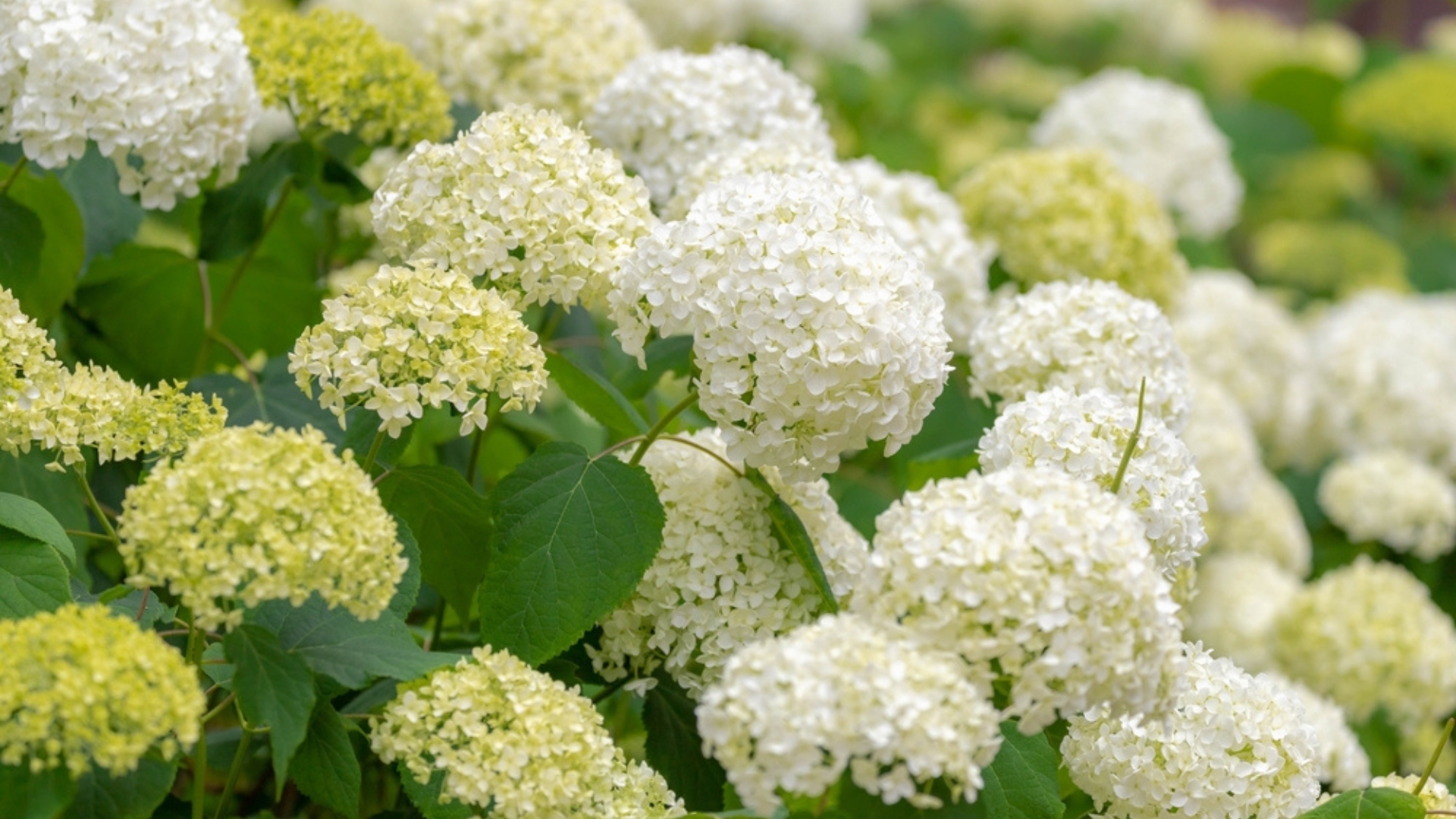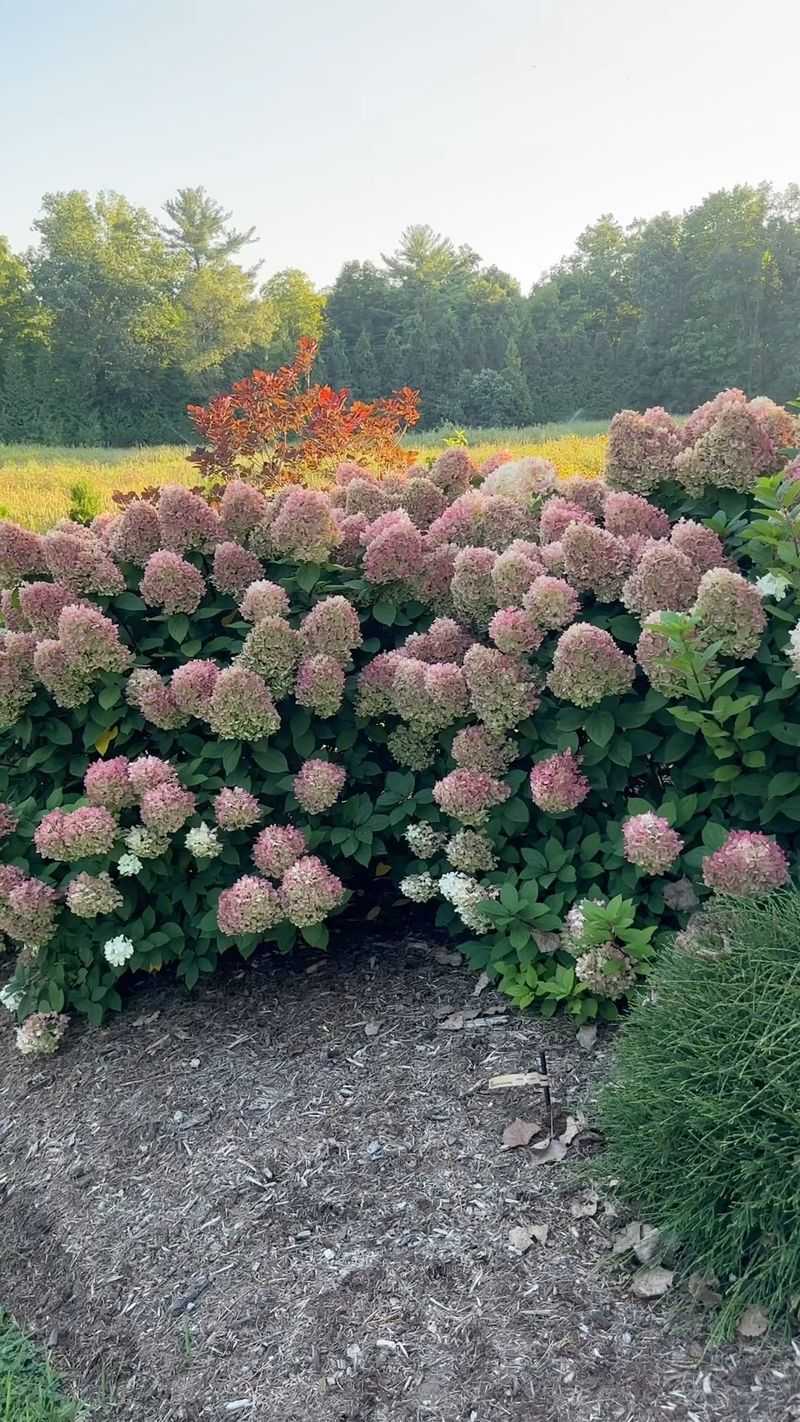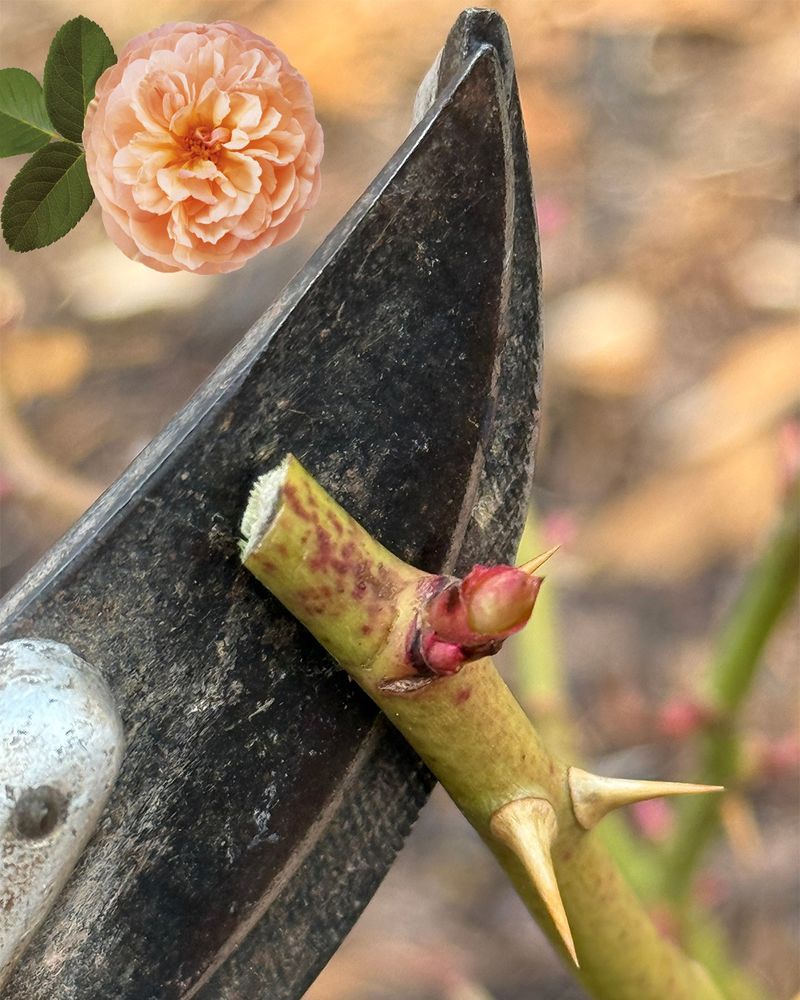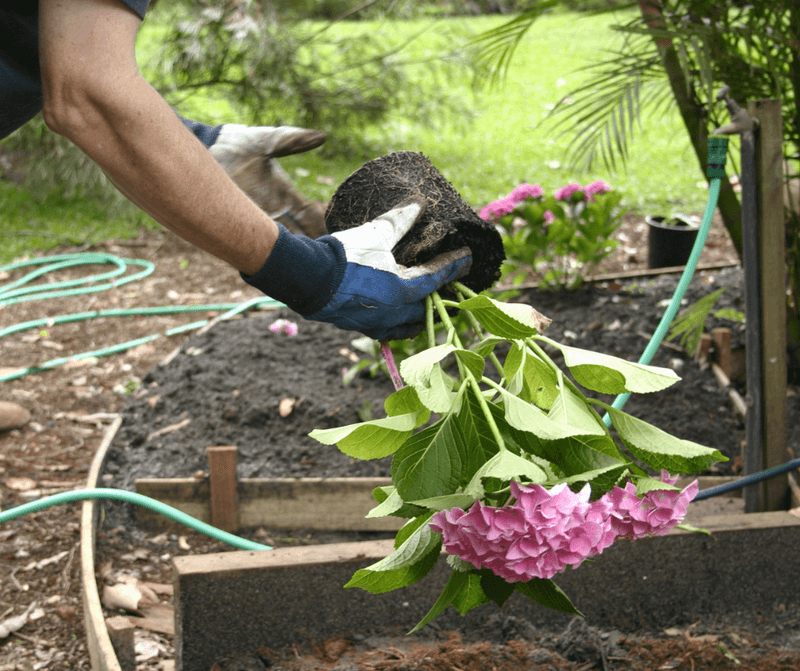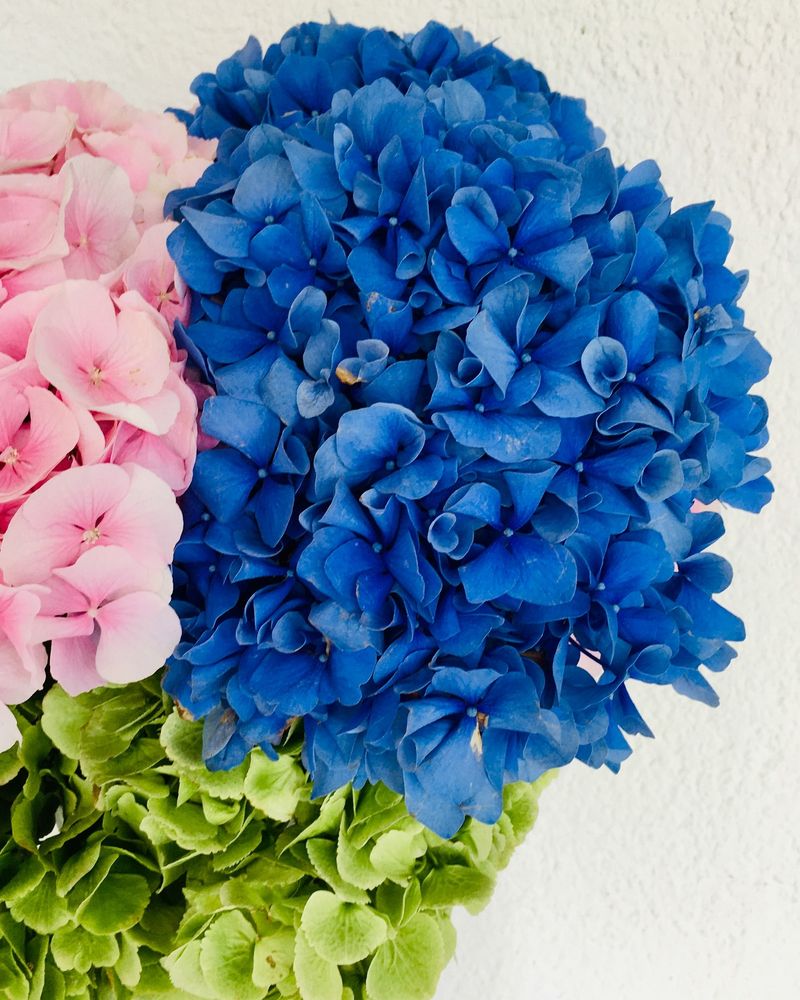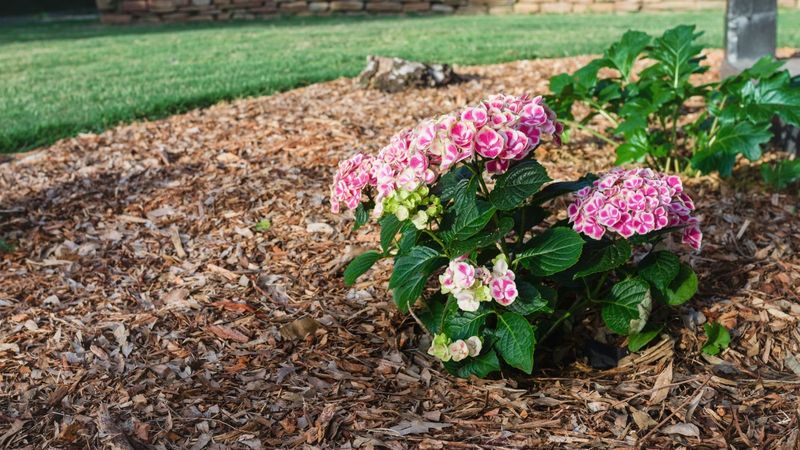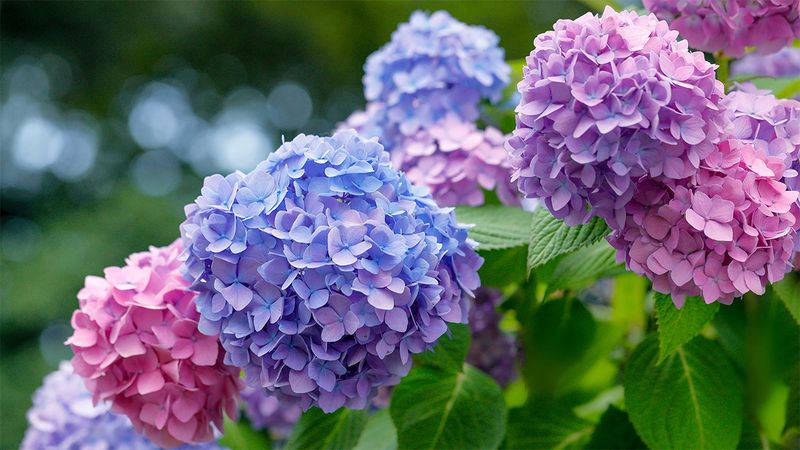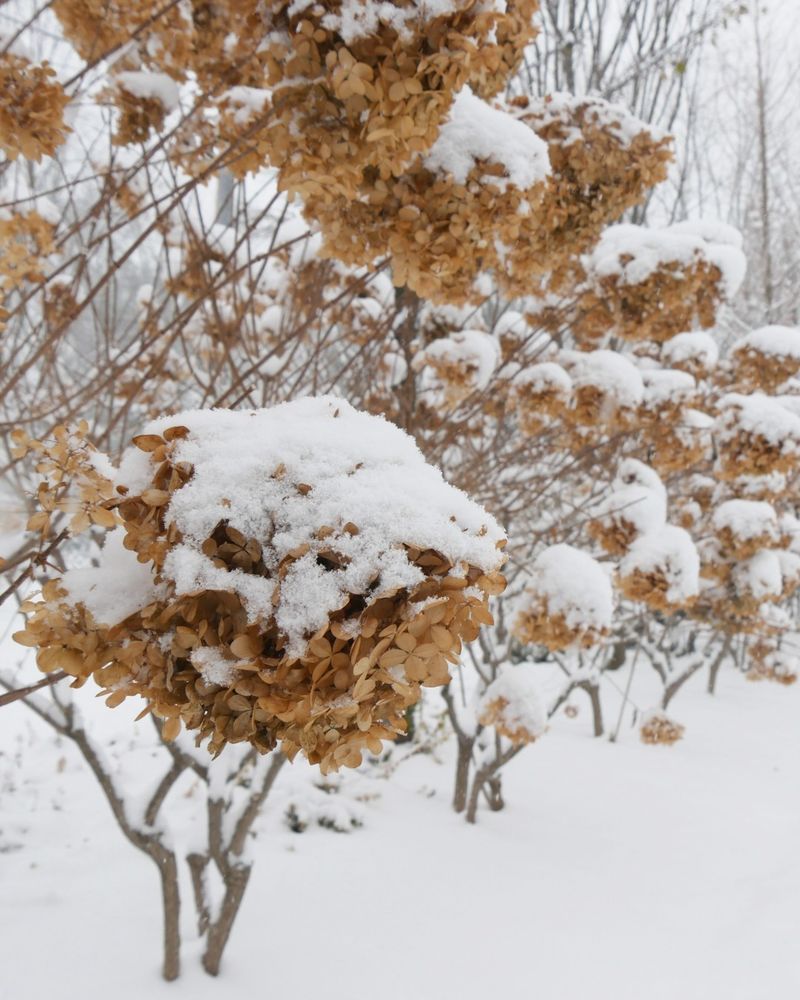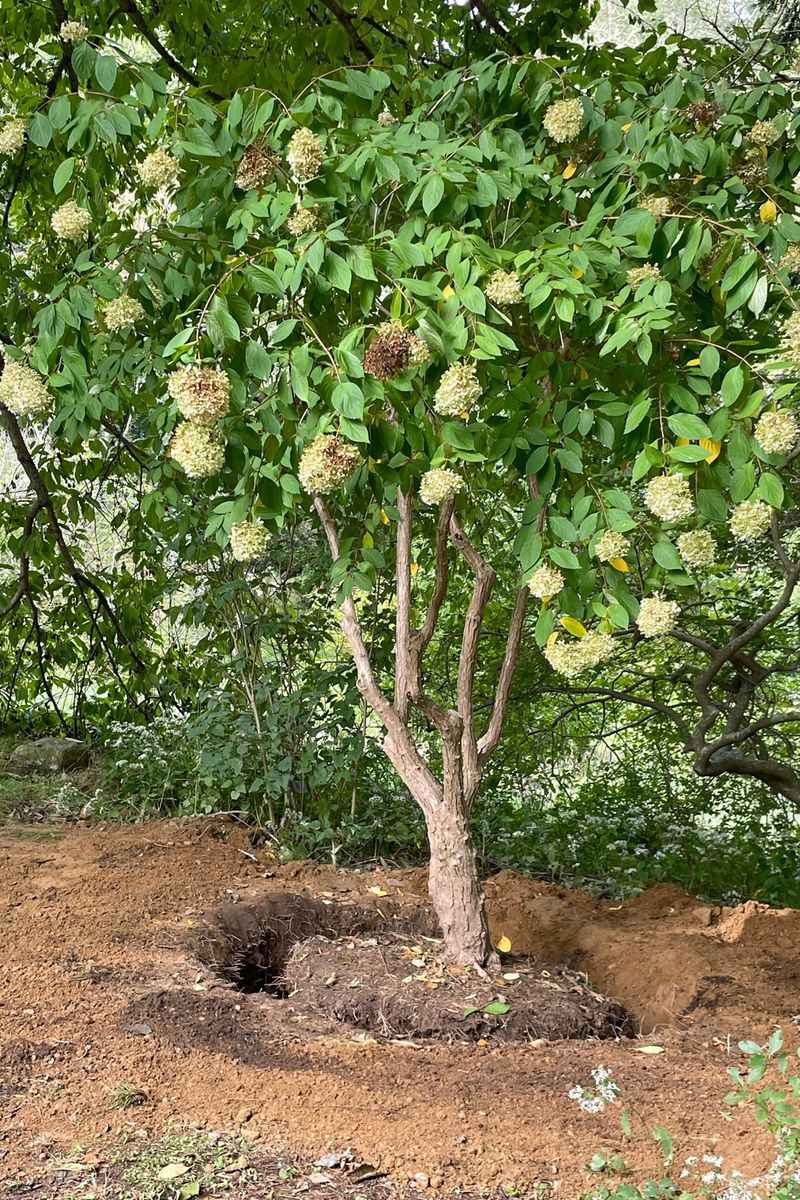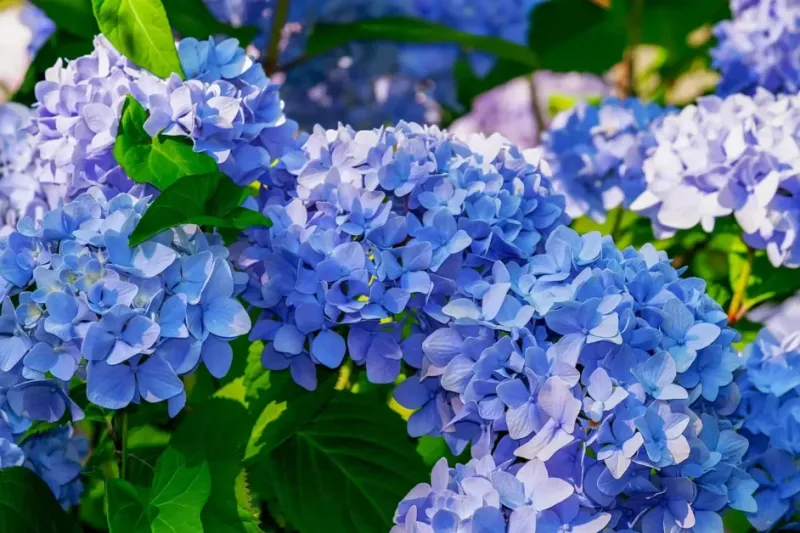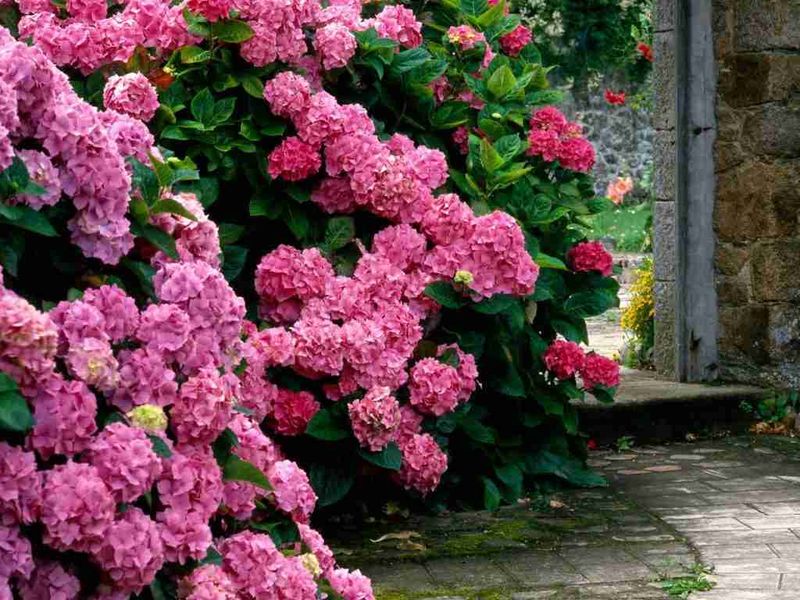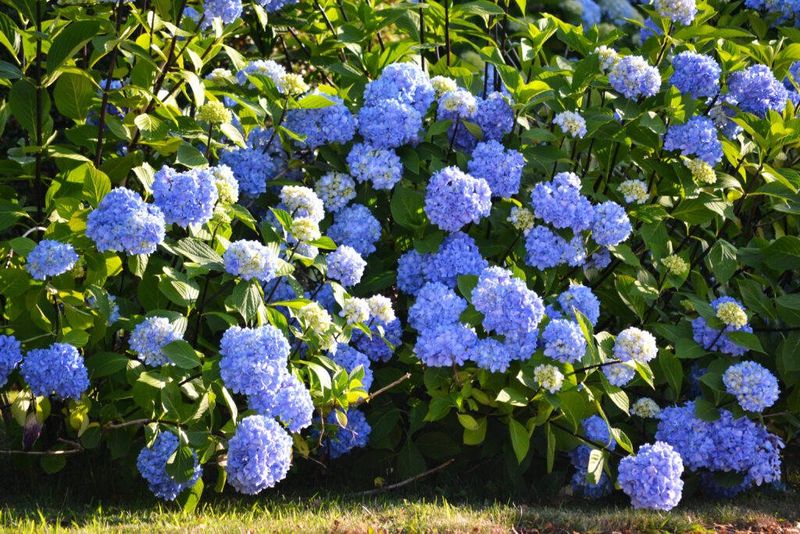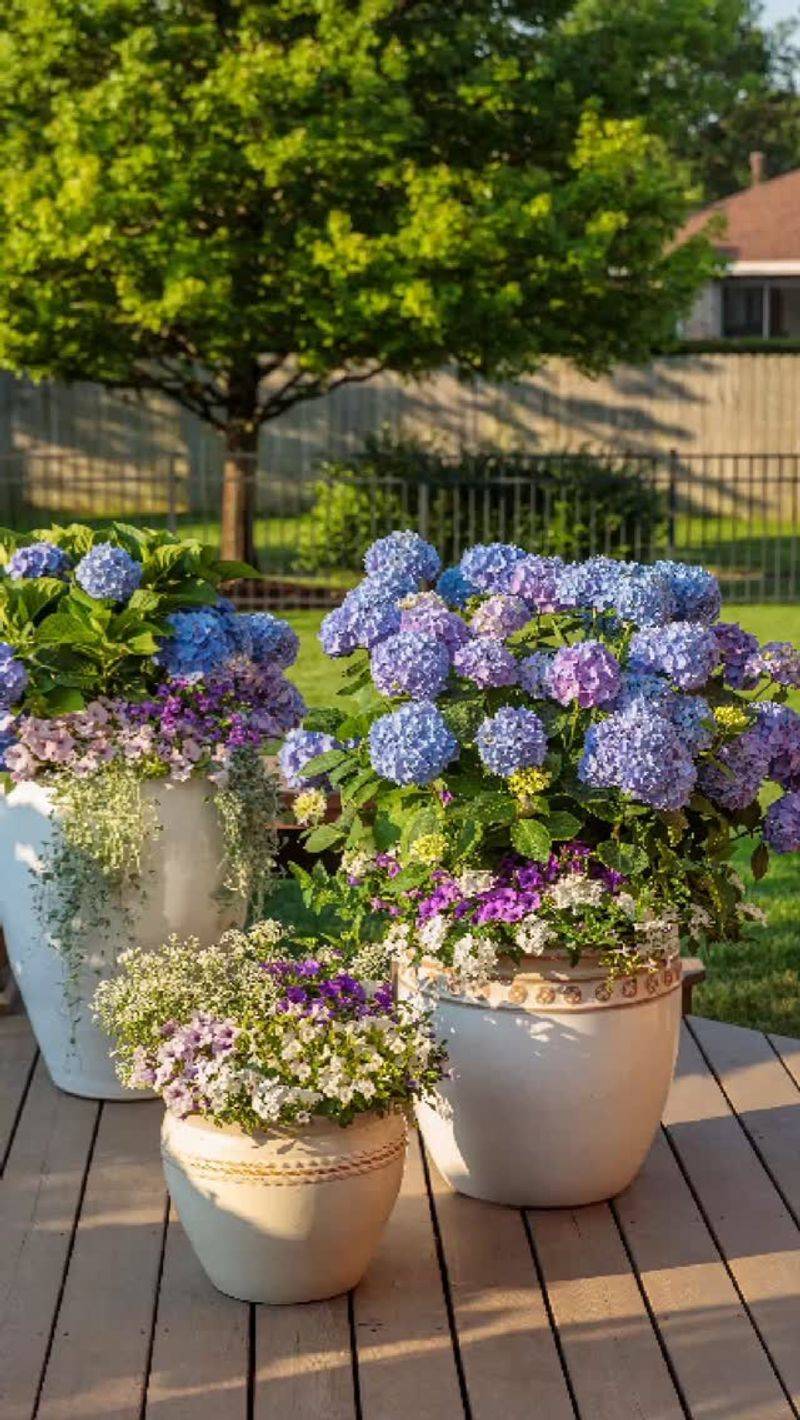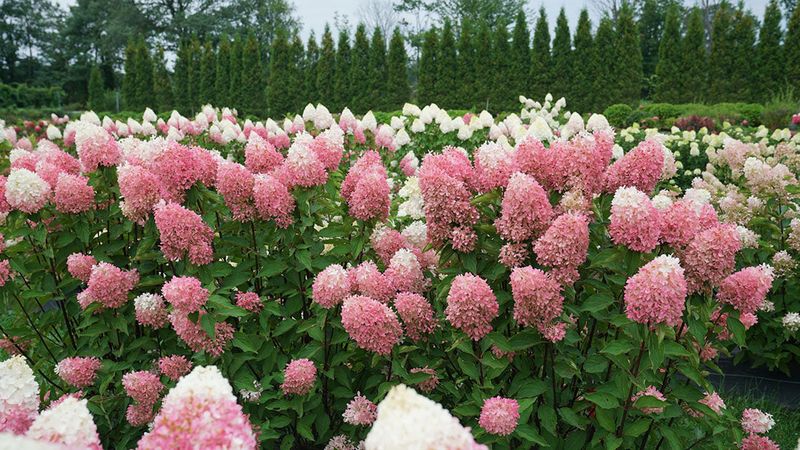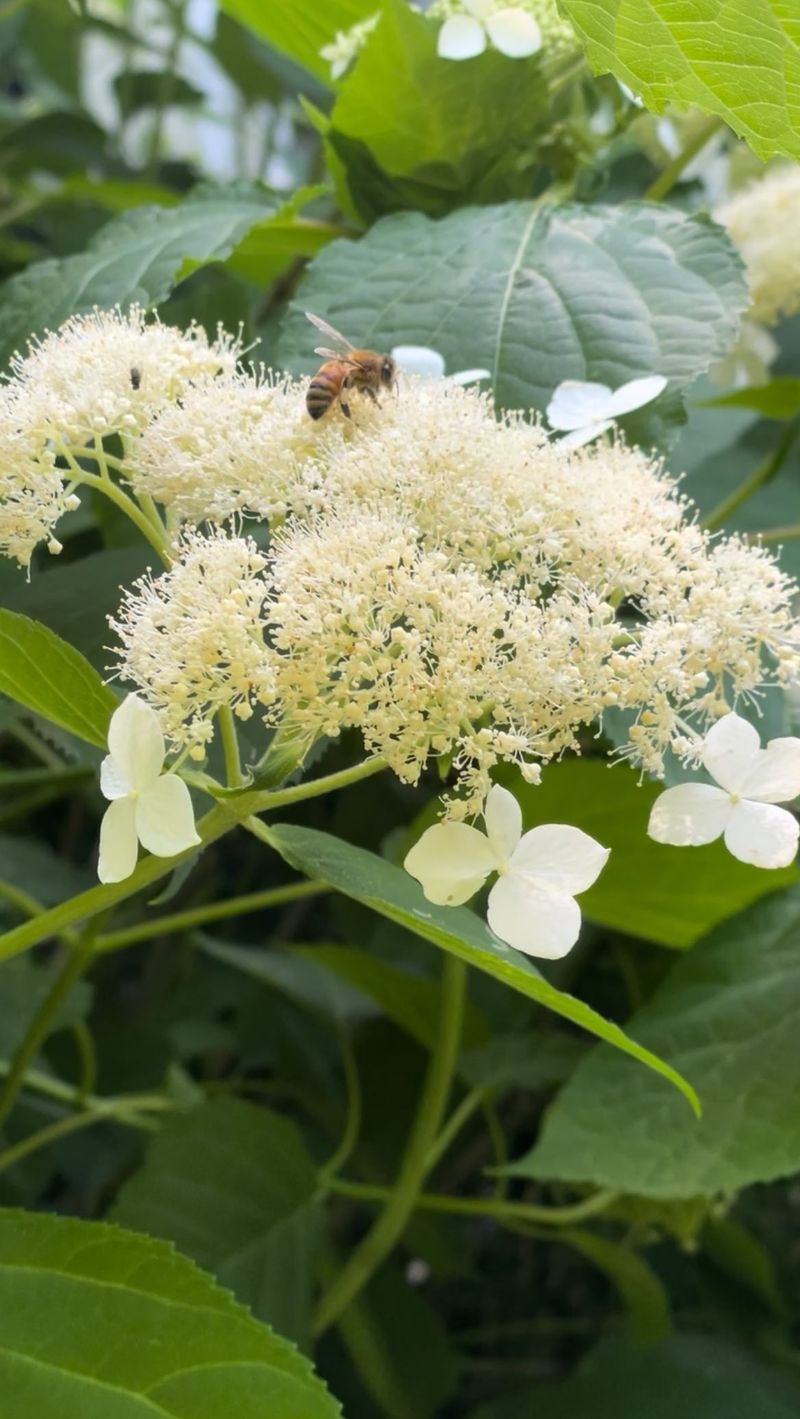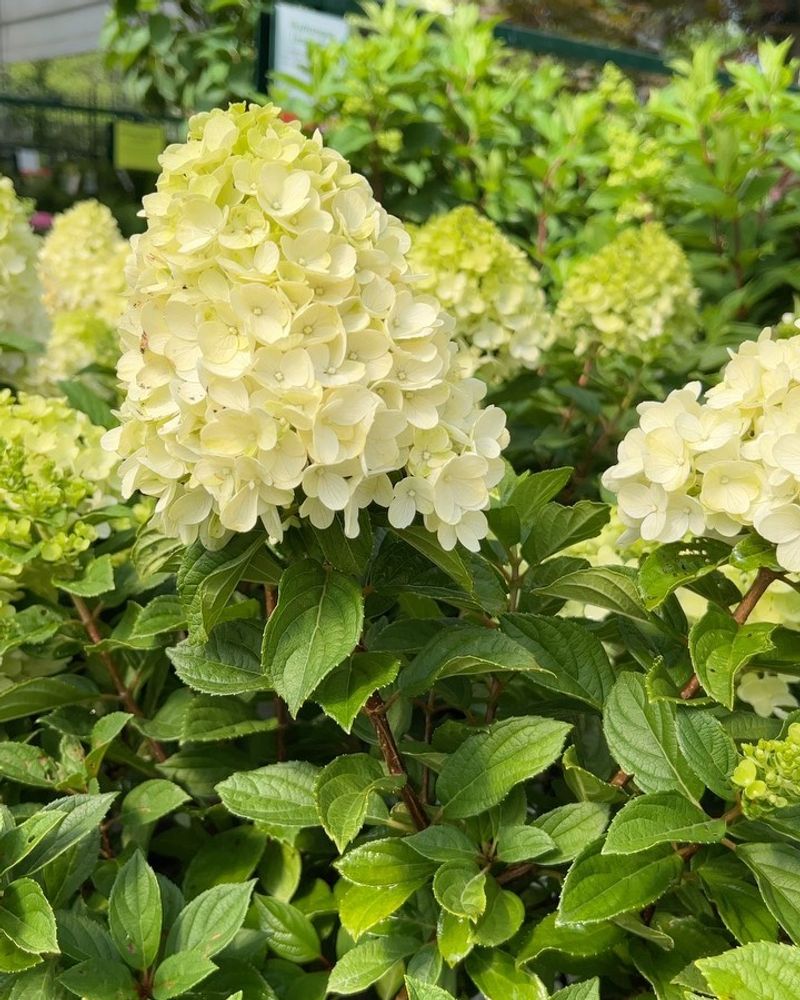Gorgeous hydrangeas can be surprisingly easy—unless you’re following bad advice. Old garden myths get passed down like tradition, but many of them do more harm than good. From pruning at the wrong time to chasing the perfect color with the wrong methods, these common beliefs can cost you blooms, health, and time.
Truth beats tradition when it comes to thriving hydrangeas—and knowing what actually works makes all the difference.
1. Coffee Grounds Turn Hydrangeas Blue
Despite what your grandmother might have told you, sprinkling coffee grounds around hydrangeas won’t magically transform pink blooms to blue. The color change happens when aluminum becomes available to the plant in acidic soil.
Coffee grounds can slightly acidify soil over time, but they don’t contain aluminum. For reliable blue flowers, amend soil with aluminum sulfate and confirm your soil pH is below 5.5 with a simple testing kit.
2. Hydrangeas Need Shade Or They’ll Die
Many gardeners tuck hydrangeas into deep shade, fearing sun damage. The truth? Most hydrangeas actually need some sunlight to produce their spectacular blooms!
Morning sun with afternoon shade provides the ideal balance for most varieties. Panicle hydrangeas (those with cone-shaped flowers) even thrive in full sun in cooler climates. Check your specific variety’s needs instead of assuming all hydrangeas are the same.
3. Pruning All Hydrangeas In Fall Prevents Disease
Fall pruning is actually a disaster for many hydrangeas! Varieties that bloom on old wood, like bigleaf and oakleaf types, form their flower buds in fall for next year’s display.
Cutting them back in autumn removes those precious buds. Instead, prune these types immediately after flowering ends in summer. Only panicle and smooth hydrangeas (like ‘Annabelle’) should be pruned in late fall or early spring.
4. Wilting Means Your Hydrangea Needs Immediate Water
Seeing droopy hydrangea leaves on a hot afternoon often triggers panic-watering. Surprisingly, this midday wilt is often normal! Hydrangeas sometimes wilt to conserve moisture even when soil is adequately moist.
Check the soil first – if it’s still damp an inch below the surface, hold off on watering. Only water when the wilt persists into evening or early morning. Overwatering can be just as harmful as underwatering, leading to root rot.
5. Eggshells Boost Hydrangea Blooms
Garden folklore claims crushed eggshells create flower magic for hydrangeas. While eggshells do contain calcium, they break down extremely slowly in soil and provide minimal immediate benefits.
For better blooms, focus on proper fertilization with a balanced, phosphorus-rich fertilizer applied in spring. Look for formulations specifically designed for flowering shrubs. Skip the eggshells and invest in quality compost instead for healthier plants.
6. Hydrangeas Need Daily Watering
Contrary to popular belief, established hydrangeas don’t need daily watering. Their name comes from Greek words meaning “water vessel,” which has fueled this misconception.
Most hydrangeas thrive with deep, infrequent watering – about 1-2 inches weekly, including rainfall. Focus on maintaining consistent soil moisture rather than frequent shallow watering. A 2-3 inch layer of mulch helps retain moisture and reduces watering needs.
7. Changing Flower Color Works For All Hydrangeas
The famous pink-to-blue color trick only works reliably for certain bigleaf hydrangeas (Hydrangea macrophylla). Many gardeners waste time and resources trying to change colors on varieties where it’s impossible!
White hydrangeas stay white regardless of soil amendments. Panicle hydrangeas typically transition from white to pink/red as flowers age, unaffected by soil pH. Know your specific variety before attempting color modifications to avoid disappointment.
8. Hydrangeas Can’t Handle Winter Freezes
Many gardeners believe hydrangeas are hopelessly tender, but this varies dramatically by variety. Panicle hydrangeas laugh at temperatures down to -40°F, while smooth hydrangeas handle -20°F with ease.
Even bigleaf hydrangeas can survive cold climates with proper protection. For less hardy varieties, plant in sheltered locations, mulch heavily in fall, and consider burlap wraps during extreme cold. Newer cultivars like ‘Endless Summer’ offer improved cold tolerance.
9. You Can’t Transplant Mature Hydrangeas
Moving established hydrangeas gets a bad rap, but these resilient shrubs can actually be successfully transplanted with proper technique. The key is timing and preparation.
Transplant in early spring before budbreak or fall after leaves drop. Dig a wide root ball, keeping as many roots intact as possible. Water thoroughly before and after moving. Prune back by about one-third to reduce transplant shock and water consistently during the first year.
10. Hydrangeas Need Rich, Fertile Soil To Bloom
While hydrangeas appreciate good soil, the myth that they require ultra-rich conditions leads to over-fertilization problems. Too much nitrogen actually promotes lush foliage at the expense of flowers!
Most hydrangeas bloom beautifully in average garden soil with modest organic matter. Excessive fertilizer can make plants more susceptible to pests and disease. A light application of balanced fertilizer in spring is typically all they need for spectacular blooms.
11. Lime Makes Hydrangea Flowers Pink
Adding lime to soil isn’t a foolproof method for achieving pink hydrangea blooms. While lime does raise soil pH, which can encourage pink flowers in bigleaf hydrangeas, the process is more complex.
Your soil’s natural buffering capacity might resist pH changes. Additionally, some varieties have genetic predispositions toward certain colors regardless of soil conditions. For reliable pink blooms, maintain soil pH above 6.5 and ensure low aluminum availability.
12. Hydrangeas Perform Better With Aspirin In The Water
The aspirin water trick for hydrangeas started with cut flowers but has mistakenly spread to garden plants. Adding crushed aspirin to irrigation water provides no meaningful benefits to growing hydrangeas.
For cut hydrangeas, aspirin might slightly extend vase life by preventing stem blockage. In the garden, focus instead on proper watering techniques and soil health. Skip the medicine cabinet and invest in quality mulch and appropriate fertilizer for truly healthy plants.
13. Hydrangeas Won’t Bloom In Containers
Container-grown hydrangeas absolutely can produce magnificent blooms! The key is choosing the right variety and container size. Compact cultivars like ‘Cityline Paris’ or ‘Little Lime’ excel in pots.
Use containers at least 18-24 inches in diameter with excellent drainage. Potted hydrangeas need more frequent watering and fertilization than garden plants. In cold regions, provide winter protection by moving containers to a protected location or insulating them.
14. All Hydrangeas Prefer Acidic Soil
While bigleaf hydrangeas famously turn blue in acidic soil, not all hydrangeas prefer low pH conditions. Oakleaf and panicle hydrangeas actually thrive in slightly acidic to neutral soils (pH 5.5-7.0).
Forcing all hydrangeas into highly acidic conditions can create nutrient deficiencies and poor growth. Research your specific variety’s preferences before adjusting soil pH. Most hydrangeas are adaptable to a range of soil conditions with proper care.
15. Hydrangeas Need Fertilizer Year-Round
Applying fertilizer throughout the growing season can actually harm hydrangeas. Late-season feeding promotes tender new growth that’s vulnerable to frost damage and diverts energy away from winter hardiness.
The ideal fertilizing window is early spring through mid-July. Stop fertilizing in late summer to allow plants to prepare for dormancy. Use a balanced, slow-release fertilizer once in spring, with perhaps a light follow-up in early summer for repeat bloomers.
16. Hydrangeas Can’t Grow In Full Sun
The blanket statement that hydrangeas can’t handle full sun causes many gardeners to miss out on prime garden locations. Panicle hydrangeas (Hydrangea paniculata) actually prefer 6+ hours of direct sunlight and often bloom poorly in shade.
Smooth hydrangeas (H. arborescens) also tolerate considerable sun, especially with adequate moisture. Even bigleaf types can handle morning sun with afternoon shade in most climates. Sun tolerance increases significantly in northern regions with cooler summer temperatures.

